Why aluminium?
Aluminium is a strong and lightweight material that is 100% recyclable with no loss of quality. Bifold doors usually comprises aluminium profiles sandwiched around what is known as a polyamide thermal break – a strip of rigid insulation material.
The aluminium is usually covered in a tough powder coat finish that can be matt or gloss and can be specified in almost any colour. Metallic and textured finishes are also available, and it is possible to specify a different colour inside and out. An anodised finish is usually available as an alternative, though this is more prone to scratching than powder coating.
Aluminium is a low maintenance alternative to uPVC, and as aluminium expands just 1mm per metre, it is especially suitable for larger windows and bifold doors.
The inherent strength of aluminium is such that the frames can be narrow, like our slim-frame range of windows and doors. This maximises the glass area, and can also be used to mimic the appearance of traditional steel windows.
Why composite?
There are a growing number of windows and doors that are made using two or more different materials. The most common combination is to have a timber window that is clad with aluminium on the outside to protect it from the weather. Other composites may comprise timber and aluminium sandwiched around a layer of insulating foam. These composites can achieve some good thermal results. Aesthetically, they are not to everyone’s taste and they tend to be amongst the more expensive types of window.
What about uPVC?
uPVC (Unplasticised Polyvinylchloride) is the same as PVC-U (Polyvinylchloride – unplasticised) and is widely used in the replacement windows market in the UK. Its popularity is due to its low cost and low maintenance qualities. Traditionally these windows and bifold doors have been white, though more recently a variety of coloured and wood-grain finishes have been available – the colour either being painted on or applied using a thin film called a foil.
uPVC bifold doors are usually put together by welding the mitred corners and trimming off the excess plastic, this does leave a groove at each corner that some people find unsightly. There are a few uPVC windows that are made with joints that mimic more traditional timber windows and are screwed together instead.
uPVC expands and contracts by as much as 3mm per metre with changes in the ambient temperature. This means that whilst uPVC is a good low-cost material for smaller windows and doors, it is less suitable for larger openings.
uPVC frames are often designed to incorporate multiple chambers and reinforcement for strength and thermal performance. This can make the windows perform very well, but has the disadvantage that the frames tend to be quite wide. For larger windows, this is not a problem, but for smaller windows or windows with fanlights or multiple inserts, you can end up with a lot of plastic and a relatively small area of glass.
Speak to an Altitude Aluminium expert
If you would prefer to speak to one of experts, you can contact us directly and we will talk you through the solutions. Call us on 01244 529 199





